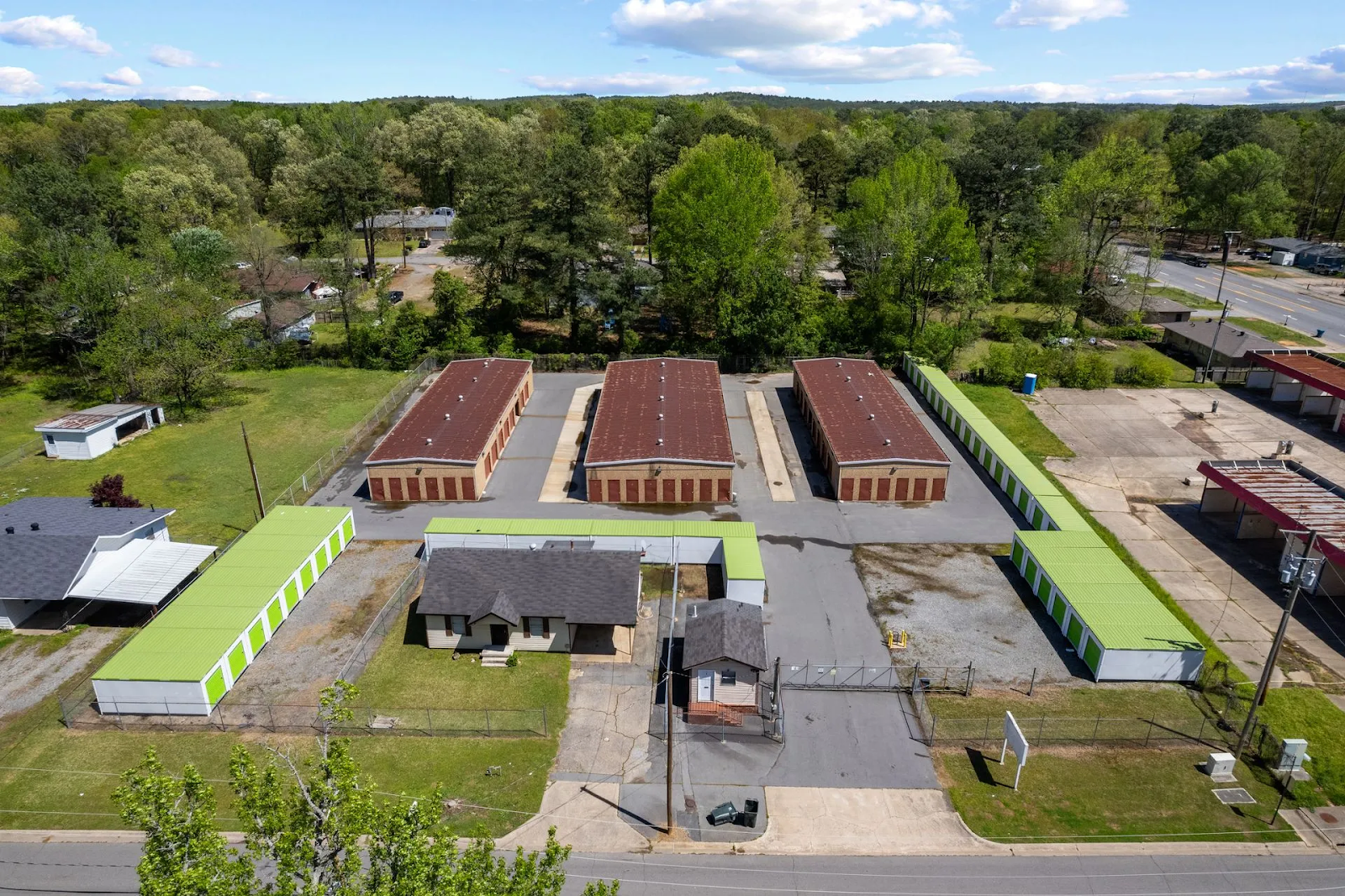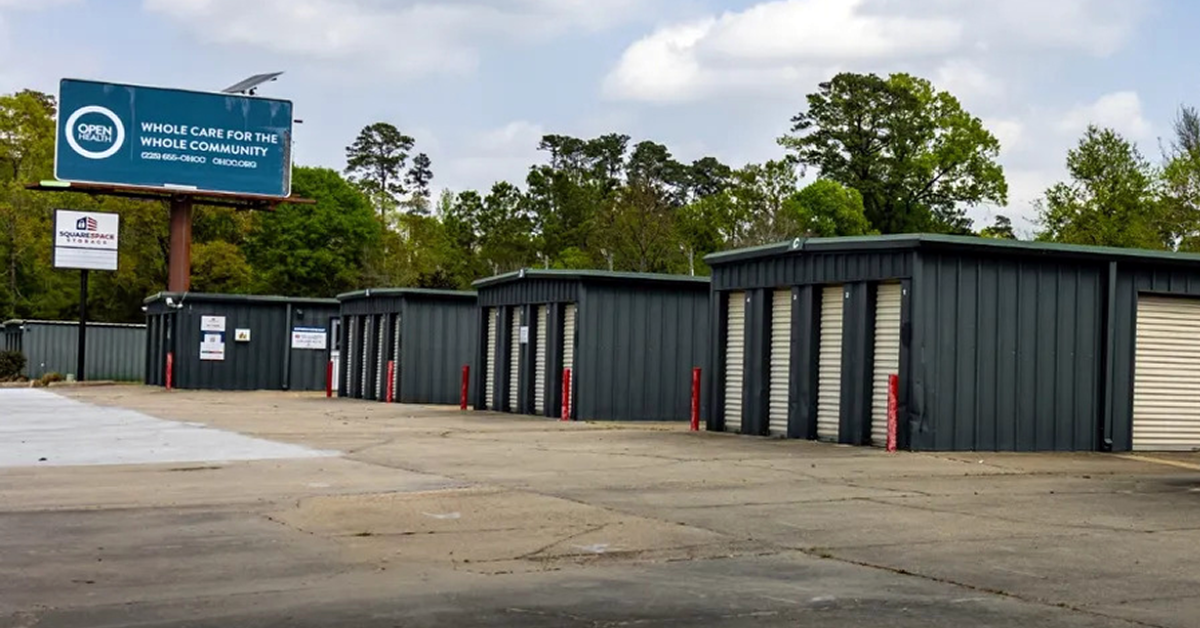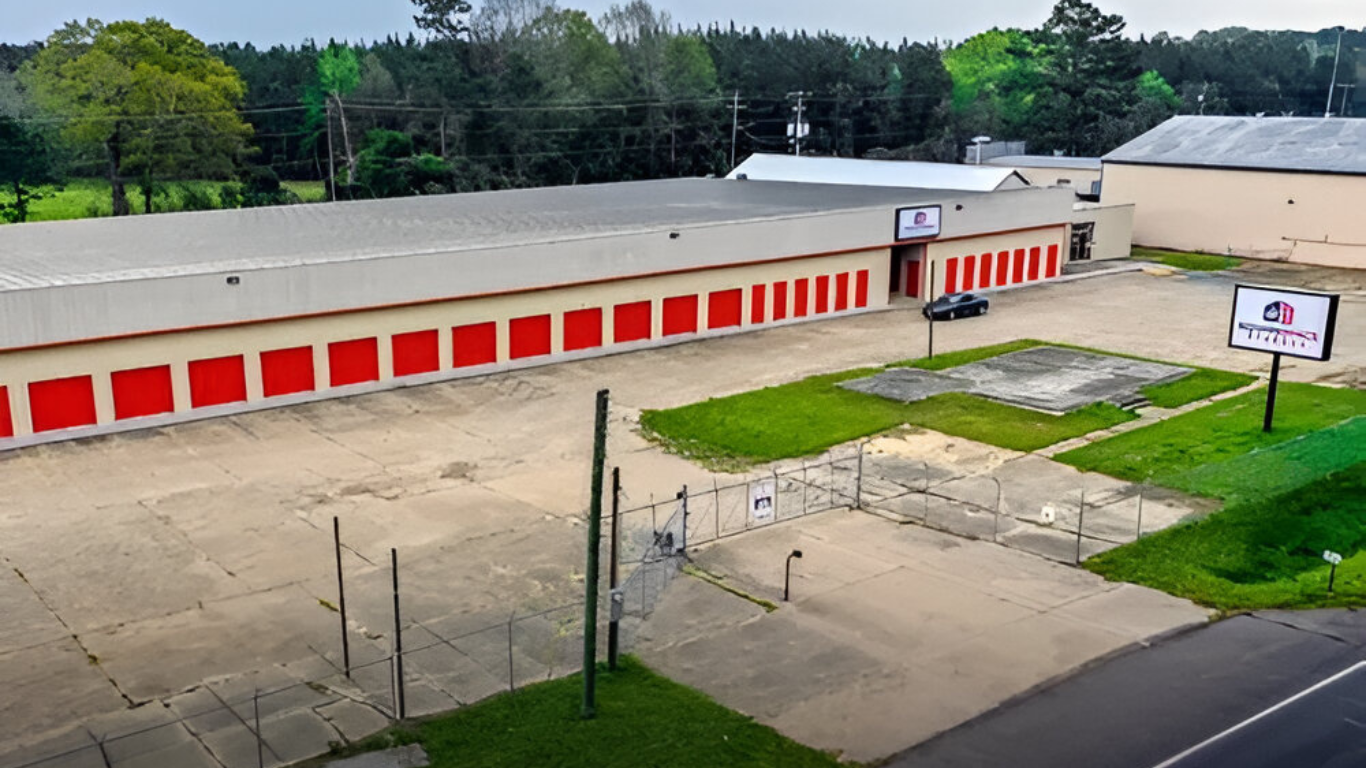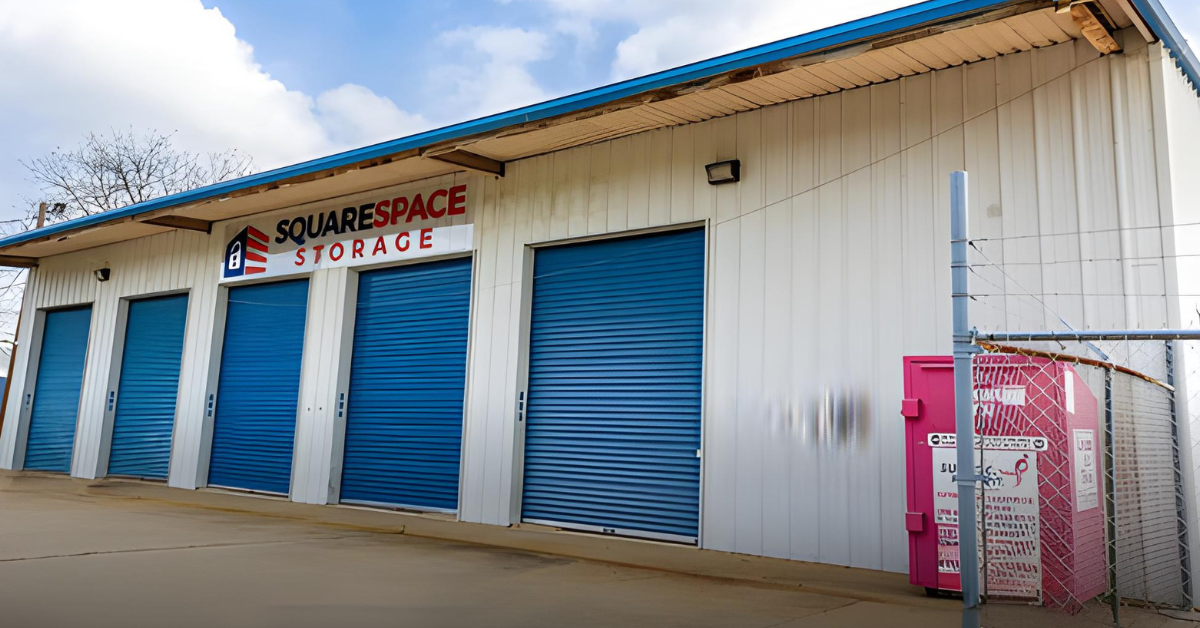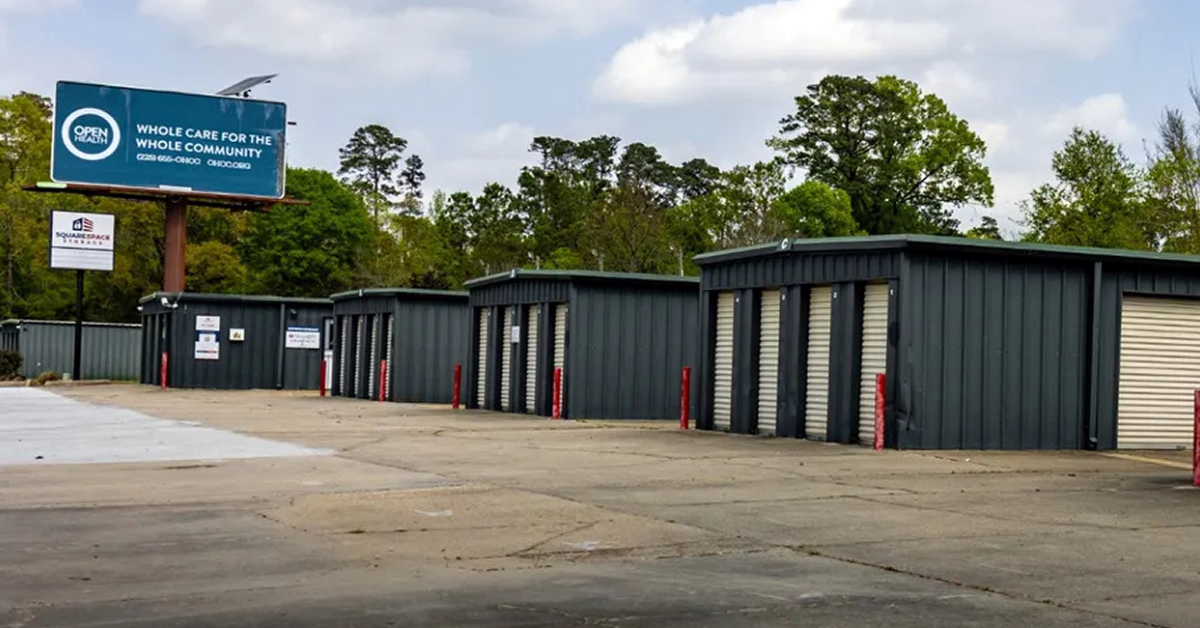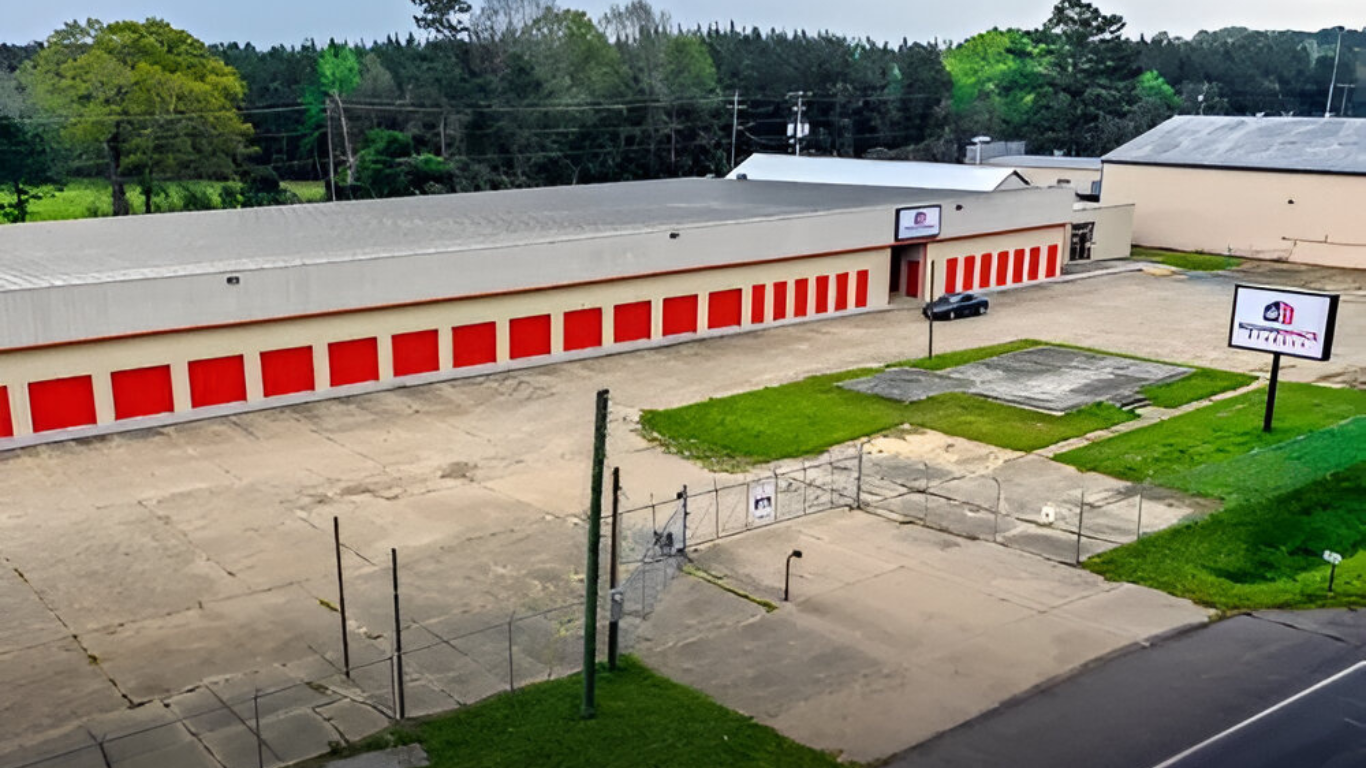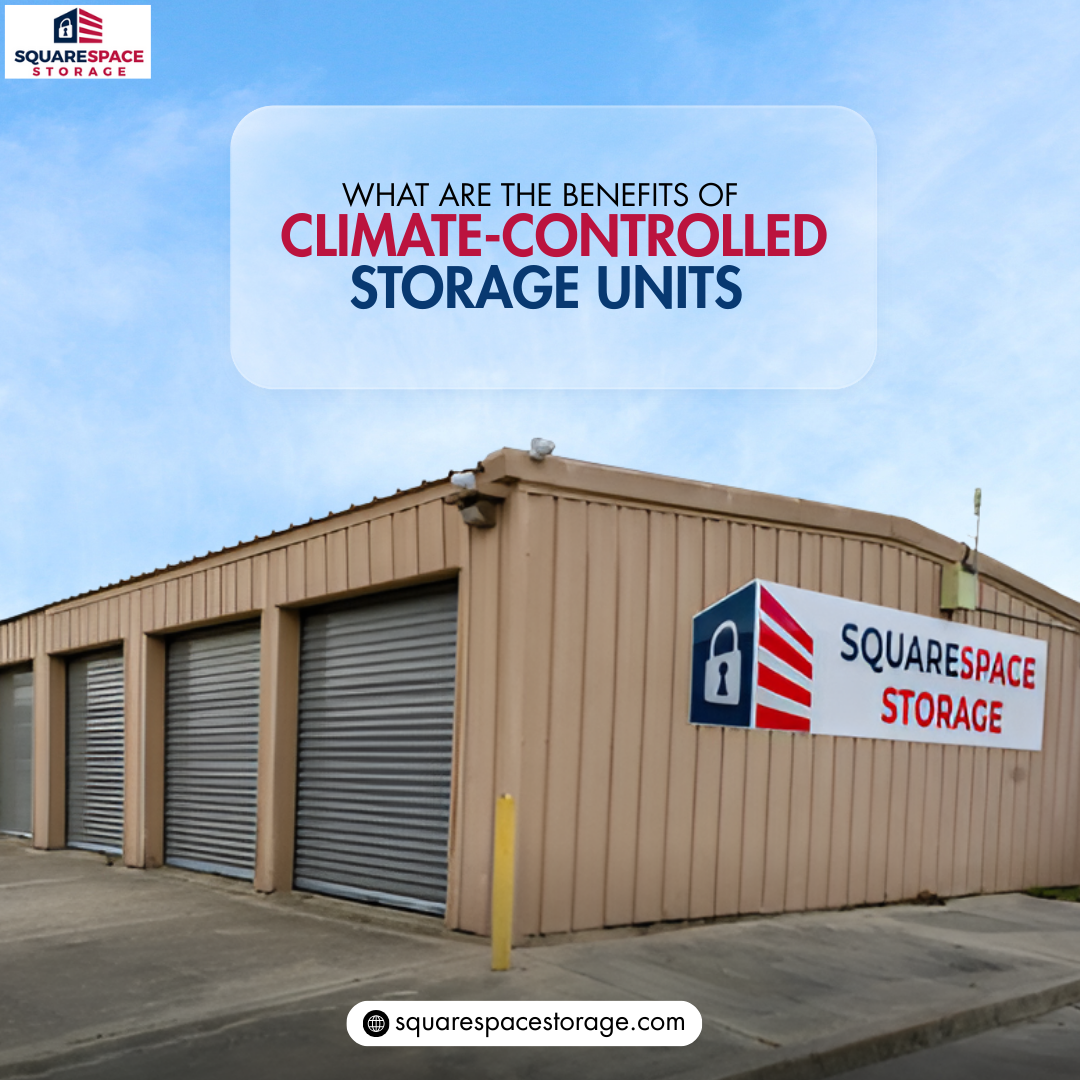How to Prepare Your Boat or RV for Long-Term Storage?
Ian Horowitz • May 6, 2025
If you are done with your road trips or voyages, it's time to prepare your ride for long-term storage. It might not be as thrilling as hitting the open road or cruising open water, but properly storing your boat or RV is crucial if you want to protect your investment and make your next adventure hassle-free.
Let's dive into everything you need to know to prep your RV or boat for long-term secure self-storage units.
Why is Long-Term Storage Important?
Boats and RVs are built for the outdoors, sure—but that doesn't mean they're built to sit idle for months on end. Without proper preparation, long-term storage can lead to expensive damage like:
- Cracked plumbing from frozen water lines
- Mold and mildew from trapped moisture
- 3. Dead batteries or drained fuel systems
- 4. Flat spots on tires
- Pest infestations
Taking a few hours to winterize and store things correctly now can save you days of repairs—and a serious dent in your wallet—down the line.
Step-by-Step Guide to Storing Your RV or Boat
Step 1. Clean It Like You Mean It
Before anything goes into storage, give your boat or RV a deep clean, inside and out. A clean start helps prevent mold, mildew, and corrosion, and it just feels better when it's time to bring it out again.
- For RV storage: Wash the exterior, clean the roof, and scrub the awnings. Inside, empty all food and trash, vacuum thoroughly, and wipe down all surfaces.
- For Boat storage: Clean the hull, flush out the engine with fresh water (especially if it's been in salt water), and scrub the interior—including compartments and upholstery.
Step 2. Drain the Water Systems
Moisture is the enemy. For RVs, drain the fresh, gray, and black water tanks. Use RV-safe antifreeze to winterize the plumbing if you're in a cold climate.
Boats with onboard plumbing systems should also be winterized, especially if stored outdoors. Make sure to remove any standing water in bilges and use a moisture absorber inside the cabin.
Step 3. Take Care of the Engine and Fuel
Leaving fuel in your tank without treatment can lead to varnish and gunk buildup. Here's what to do:
- Fill the fuel tank and add a fuel stabilizer.
- Run the engine for a few minutes to make sure the stabilizer circulates.
- Change the oil and oil filter to prevent corrosion.
- For boats, fog the engine with fogging oil to protect internal components.
Don't forget to check coolant and antifreeze levels in both RVs and boats.
Step 4. Disconnect the Batteries
Batteries can drain over time, even when everything is off. To prevent this:
- Disconnect the battery or use a battery maintainer to keep it charged.
- Store the battery in a cool, dry place if you're removing it completely.
Label the terminals if needed, so you don't forget where everything goes!
Step 5. Check Tires and Inflate Properly
For RVs, especially, tire care during storage is crucial. Inflate all tires to the proper PSI before storage to prevent flat spots. If you're storing long-term, consider:
- Parking on tire blocks or jack stands to relieve pressure.
- Covering tires to protect them from UV damage.
- Moving the vehicle a few feet every few months, if possible.
Step 6. Seal It Tight
Check all seals, gaskets, and weather stripping for wear and tear. Patch up anything that looks worn to keep moisture and critters out.
Use RV storage or boat storage
covers to protect from the sun, rain, and snow. Choose a breathable, high-quality cover—not just a tarp, which can trap moisture and do more harm than good.
Step 7. Critter-Proof Your Storage
Mice and other pests can turn your cozy rig into their winter retreat if you're not careful. Here's how to keep them out:
- Seal any small openings or gaps.
- Remove food and paper products.
- Use mothballs, dryer sheets, or peppermint oil (natural deterrents).
- Set traps around the perimeter.
Step 8. Climate-Controlled Storage? Yes, Please.
If you're storing in an area with extreme temperatures or humidity, climate controlled self-storage units can save you a ton of stress. It helps prevent mold, warping, and battery damage, especially during Louisiana and Mississippi summers or Texas heat waves.
Step 9. Don't Forget Documentation
Leave a list inside your boat or RV of all the steps you took to winterize and store it. This makes it much easier to de-winterize later and helps you pick up right where you left off.
Also, take photos of your vehicle before storing it—inside and out—for peace of mind and insurance purposes.
In The End: Choosing the Right Storage Facility (Final Step)
You've done the prep—now, where should your boat or RV hibernate for the season? Look for a facility that offers:
- Security cameras and gated access.
- Covered or uncovered parking options.
- Climate-controlled units (especially for RV storage).
- Online payment and rental services.
- Easy drive-up access.
That's where Square Space Storage comes in and offers the best RV and boat storage. At Square Space Storage, we know your boat or RV is a vessel of memories. That's why we offer secure, convenient, and affordable storage across Louisiana, Arkansas, Mississippi, and Texas.
Whether you need a climate-controlled unit
for your RV's interior or covered parking for your fishing boat, we've got a space that fits just right. All our locations offer contactless rentals, secure gated access, camera surveillance, and flexible size options—from compact to oversized. You can even rent online and save today.
Visit Square Space Storage to find the perfect unit near you.

